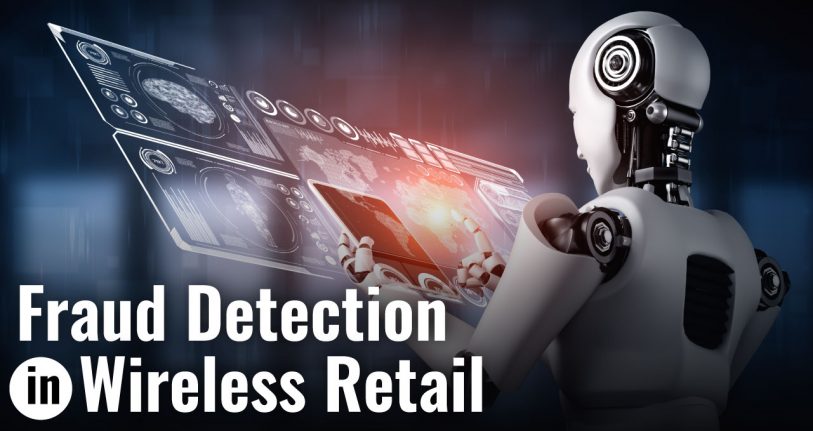
With the rise of smartphones and the costs of phones increasing by the day, people are looking more towards buying these expensive handheld computers on lease or EMIs. The United States is one of the first nations to streamline the purchase of these gadgets on lease with ease.
Leasing increases the comfort of buying the smartphone for the customer but also increases the scope of fraudulent transactions for the retailer. Let’s read on to find out how we solved this problem for one of our clients.
In the United States, the Lease or EMI Concept is as Follows:
- You go to a retailer who also happens to be selling the cellular service (Vodafone, Sprint, T Mobile et el)
- You pick a phone
- You choose a cellular plan
- You fix the monthly recurring charge for this entire transaction.
Essentially, you sell a device and cellular plan combined in a sweet package that is not too much of a burden on your customer’s pocket and makes it easy to upgrade the device in the future. This package is great for a customer but cumbersome for a sales representative.
To tender a sale, a sales representative would first input the transaction details in the dealer POS (store owned) and cellular company POS (cellular plan). In haste to make a sale, a sales representative may enter some wrong data (intentionally or otherwise). Now, depending on the severity of the mistake, the store may lose commission or money it would have made on the sale. This is called a chargeback.
Chargebacks often happen after the store pays a commission or bonus to the employee – meaning – stores lose money. It is more severe if the chargeback occurs after the employee has quit. In some cases, an employee might enter the wrong data deliberately to make a fake sale, get a commission and steal the device. All these scenarios accrue losses on a store’s end.
We worked with a few dealers and served over 250 stores in total. Our solution was simple – build a heuristics-based GOFAI (Good Old Fashioned AI) engine and process all the transactions using this engine. The ultimate goal of this AI engine was to process the data and analyze it like an operation & compliance analyst would do and flag transactions. We even coupled a set of RPA (Robotic Process Automation) Bots to fetch the transactions from various portals. We created an end-to-end solution that completed the loop from data capturing and warehousing to flagging transactions and reporting them in the right way.
We worked with a couple of seasoned industry professionals and analysts who guided us to build a robust AI engine and saved over million-dollar for our clients over 1.5 years. Our clients were able to take corrective measures to catch the employees causing the loss intentionally or otherwise. This project proved how a simple GOFAI works robustly to automate manual and tedious work with 10x accuracy.
Well, money saved is money made!